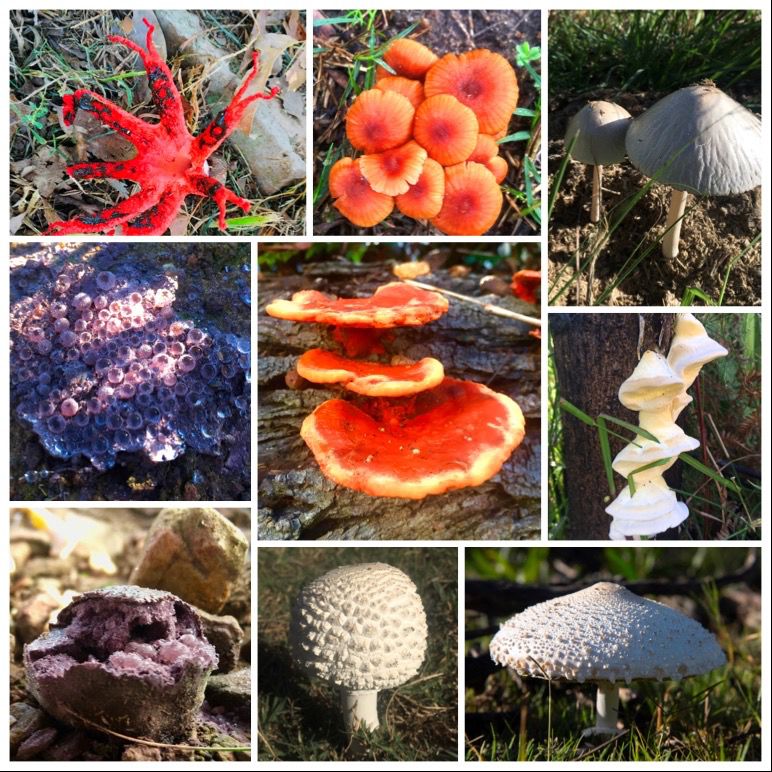
Guide to Edible and Toxic Mushrooms
Mushrooms, a diverse group of fungi, range from edible delicacies to poisonous hazards. Traditionally, “mushroom” referred to umbrella-shaped fungi, but now includes stinkhorns, puffballs, bracket fungi, and large cup-fungi. These structures exist primarily to produce and disperse spores.
Mushroom foraging can be risky, as many species are toxic. Here are some notable fungi found in southern Africa:
• Macrolepiota zeyheri: The edible Parasol mushroom thrives in grassy pastures and is distinguishable from the poisonous False Parasol by its white to pale pink gills.
• Gymnopilus junonius: Known as Orange Tuft, this mushroom is inedible.
• Volvariella speciosa: The Rose-gilled Grisette aids in decomposition but should not be eaten.
• Pycnoporus coccineus (Tropical Cinnabar Bracket) and Lenzites elegans (Elegant Bracket) are striking but inedible.
• Aseroe rubra: Commonly called Devil’s Fingers, it emits a foul odour to attract flies for spore dispersal.
• Calvatia lilacina: The Lilac Puffball appears in autumn; its edibility remains uncertain.
















 School.jpg?width=200&height=94)

























